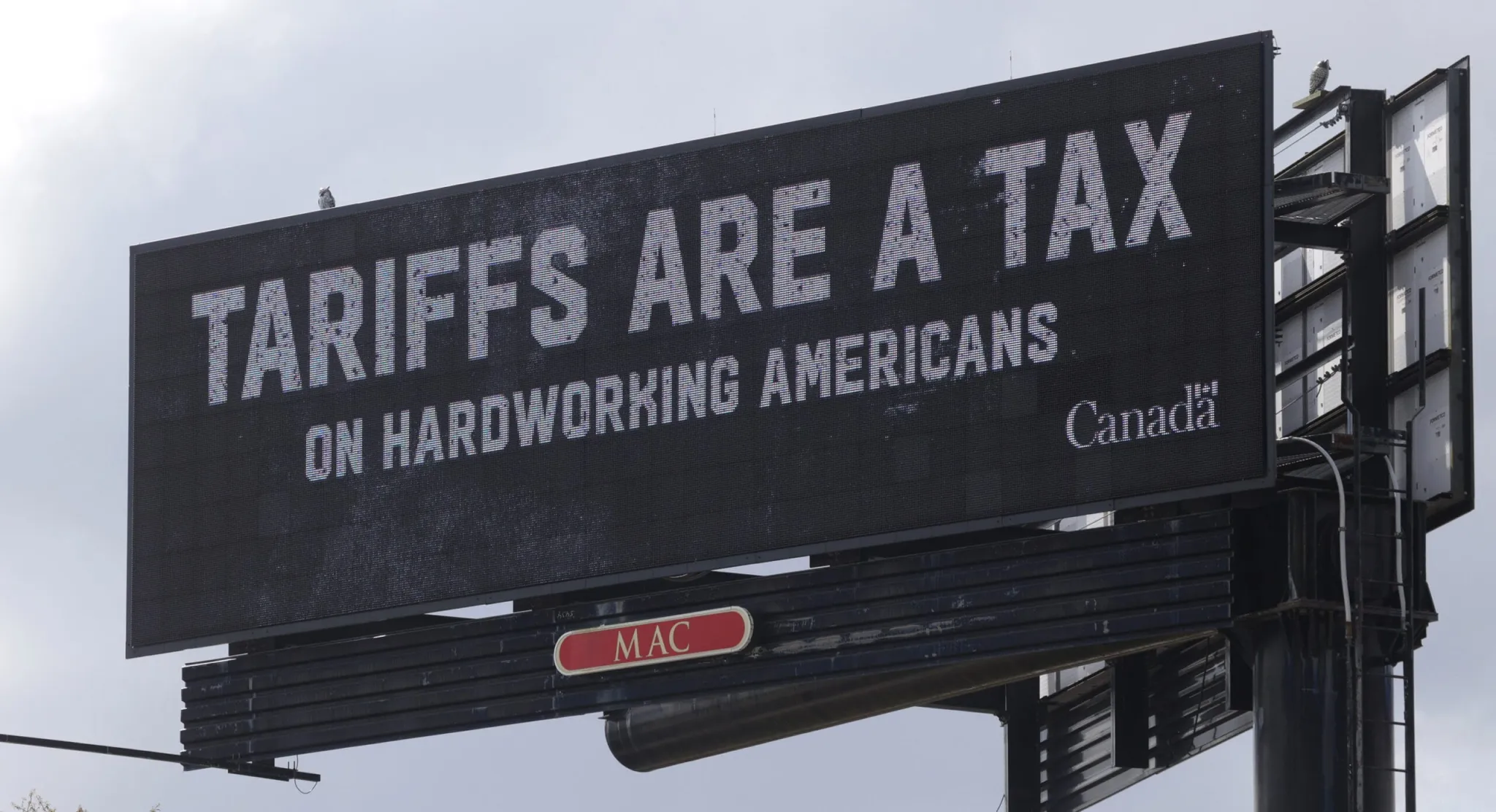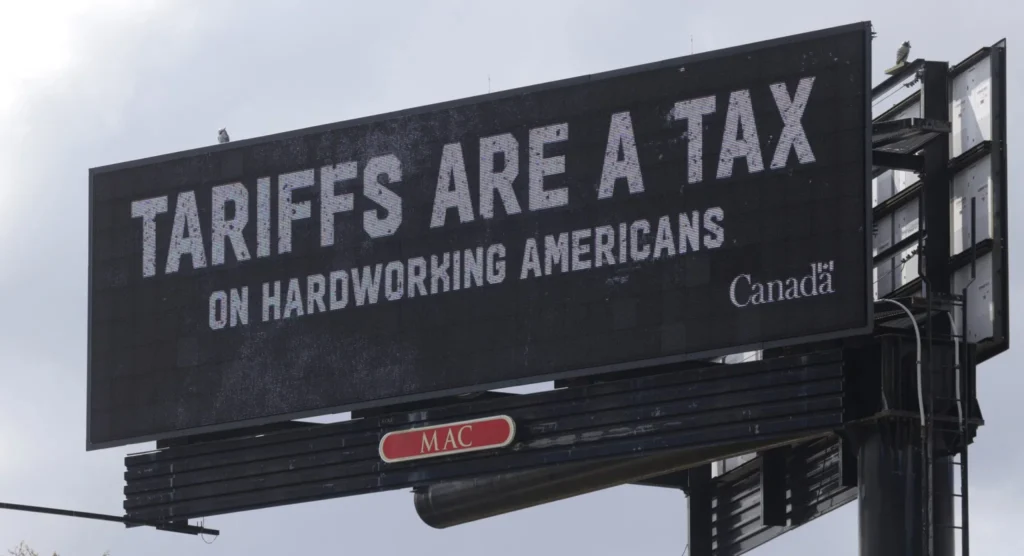What do you know about tariffs? Are they just another line in the news ticker, or something more impactful to your everyday life? Whether you’re shopping for groceries or simply fueling your curiosity about global economics, understanding tariffs is important. Let’s venture into the world of tariffs through the lens of one recent major policy change: Donald Trump’s massive tariffs. This shift offers an insightful view into how such economic maneuvers can ripple through myriad aspects of daily life. Pull up a chair, perhaps with a comforting beverage, and let’s explore how these tariffs may impact you.
An Overview of Trump’s Massive Tariffs
Before we unravel the implications, let’s start with some groundwork. On a seemingly ordinary day, during a high-profile White House ceremony, Donald Trump announced sweeping tariffs on a global scale. Notably, he targeted a 10 percent levy on all foreign goods. For many countries—among them key trading partners—certain goods were subject to even higher taxes. Additionally, Trump outlined an import tax of 25 percent on particular foreign-made cars. Given its magnitude, this bold move stirred economic waters and left many wondering what it meant.
The Reality Behind the Announcement
While the announcement was full of bravado, whether these tariffs were to be implemented as promised remained uncertain. Although presented as a decisive measure, only a month earlier, Trump had introduced tariffs on top trading nations, retracting some as swiftly as they were imposed. The inconsistency left many analysts scratching their heads—was this a temporary gust in a teapot, or the start of a seismic economic shift?
Legal Avenues and Presidential Powers
One might ponder the logistics of enforcing sweeping tariffs without the consent of Congress. Legal challenges seemed inevitable, yet the president, under existing laws, enjoys a substantial latitude in imposing tariffs unilaterally. This sparked a range of opinions, reflecting the diverse sentiments punctuating political and legal arenas.
Understanding Tariffs and Their Effects
Now that we’ve set the stage, let’s talk about what tariffs really are. In essence, tariffs are taxes imposed on imported goods. While the concept may sound straightforward, the influence of these taxes is profound and multi-layered.
Tariffs Are Taxes, But Who Pays?
In its simplest form, a tariff is a tax paid by importers of foreign goods. Ultimately, the financial burden trickles down to the consumer, causing prices to edge upward. So, as you mull over making a purchase, remember that behind each price tag lies a complex web of economic decisions, with tariffs influencing the total.
Ramifications for the Economy
In the broader spectrum, tariffs can herald major changes for a country’s economy. When applied, they can trigger a cascade of effects. In Trump’s case, economists feared these tariffs might plunge the economy into the downturn territory, potentially precipitating a recession. One of the primary concerns was that other countries might retaliate, imposing taxes on US exports—a gesture that may adversely affect American industries.

What’s at Stake?
A discussion on tariffs wouldn’t be complete without exploring the larger picture. While it’s tempting to view tariffs as standalone entities, they form part of a broader economic framework that defines international trade dynamics.
A Critique on Free Trade Policies
Historically, US free trade policies have faced scrutiny, especially regarding how they’ve disadvantaged particular communities and labor sectors. While the theory of bolstering domestic manufacturing through tariffs seems attractive, experts remained skeptical about whether Trump’s tariffs could indeed revive the industry at the scale he promised. Instead, they worried that these measures might inflict extensive economic hardship.
Complexities of International Relations
Imposing tariffs strains diplomatic ties, shifting old alliances and nurturing new tensions. How the US interacts with long-standing trade partners can reshape the global economic landscape. These tariffs triggered conversations about international relations, painting them with shades of uncertainty and new equations.

The Personal Impact: How Would You Be Affected?
Now, let’s narrow our focus onto you, dear reader. Beyond macroeconomic implications, the effects of tariffs reach into individual lives, influencing everything from personal budgets to consumer behaviors.
Everyday Purchases: A Rising Cost?
Consider the goods you buy regularly—appliances, gadgets, even cars. Under the shadow of tariffs, these daily essentials could see price increases. As importers pass on the additional tax to consumers, the financial landscape for families could shift, demanding adjustments in managing household expenses.
| Item Category | Potential Price Increase |
|---|---|
| Electronics (e.g., phones) | Moderate |
| Automobiles | Significant |
| Apparel | Slight |
| Groceries | Varies by import level |
Market Instability: A Concern for Future Generations
The instability associated with shifting import taxes impacts not only the present but projects into the future. Investors and businesses rely on market stability to forecast growth and plan investments. A volatile economic environment could hinder long-term aspirations, affecting individual wealth accumulation and societal advancement.
Industry-Specific Impacts
In some sectors, the impact is more direct. Consider manufacturing, agriculture, or technology; these industries face unique challenges in a tariff-laden climate. They must navigate not only the immediate economic pressures but also the long-term strategic adaptations required to remain competitive.

The Road Ahead: Navigating Uncertainty
If there’s one constant in international trade, it’s change. The economic landscape before us continues to evolve, intertwining trade policies, tariffs, and international relations.
Economic Adaptations: Flexibility in Uncertain Times
As the economic scenery shifts, businesses and consumers alike must adopt a dynamic approach to navigating the changes. Flexibility, nimbleness, and preparedness can serve as valuable tools in adapting to new trade realities.
Lessons from the Past
Turning to history offers valuable insights. Previous tariff implementations carry lessons on the unintended consequences economic players should avoid. Reflecting on past experiences furnishes a blueprint for tackling the current and future challenges that arise from policy shifts.

Conclusion: The Bigger Picture
With multilateral effects extending across borders, understanding and navigating tariffs is an exercise in appreciating both the large and small scales. From household budgets to international markets, tariffs disrupt the status quo, forcing a reevaluation of perceived norms.
So, next time tariffs make the headlines, do take a moment to consider their place not only in economic theory but also in your life—marking grocery labels and altering the narrative of international commerce. As we collectively navigate the evolving terrain of global trade, understanding each component gives us a richer, more comprehensive view of the interconnected world we inhabit.

